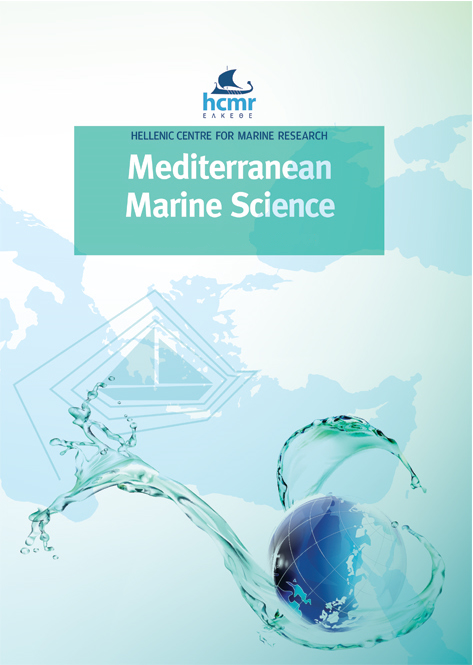Updating the occurrences of Pterois miles in the Mediterranean Sea, with considerations on thermal boundaries and future range expansion
Περίληψη
Here we present an update of the Mediterranean distribution of the lionfish Pterois miles, based on a comprehensive list of geo-referenced occurrences up to October 2019. New data were provided by multiple reporting tools and citizen science initiatives. Our findings suggest that well established populations of P. miles exist in the Levantine Sea, in the southern and central Aegean Sea, as well as in the Greek Ionian Sea, whilst so far, only a few individuals were reported from Tunisia and southern Sicily (Italy). We also argue about the future expansion of this invasive species in the Mediterranean region and about the role of climate change by projecting the limits of winter isotherms under different climate change scenarios. Under the assumption that the mean winter sea surface temperature is the main limiting factor of the range expansion of the species (i.e. 15.3oC winter isotherm), P. miles could substantially expand in the Mediterranean Sea, except the coolest northernmost regions, under future climatic scenarios. These results were discussed in comparison to published outcomes of species distribution modelling.
Λεπτομέρειες άρθρου
- Πώς να δημιουργήσετε Αναφορές
-
DIMITRIADIS, C., GALANIDI, M., ZENETOS, A., CORSINI-FOKA, M., GIOVOS, I., KARACHLE, P. K., FOURNARI – KONSTANTINIDOY, I., KYTINOU, E., ISSARIS, Y., AZZURRO, E., CASTRIOTA, L., FALAUTANO, M., KALIMERIS, A., & KATSANEVAKIS, S. (2020). Updating the occurrences of Pterois miles in the Mediterranean Sea, with considerations on thermal boundaries and future range expansion. Mediterranean Marine Science, 21(1), 62–69. https://doi.org/10.12681/mms.21845
- Τεύχος
- Τόμ. 21 Αρ. 1 (2020)
- Ενότητα
- Review Article
Authors who publish with this journal agree to the following terms:
- Authors retain copyright and grant the journal right of first publication with the work simultaneously licensed under a Creative Commons Attribution Non-Commercial License that allows others to share the work with an acknowledgement of the work's authorship and initial publication in this journal.
- Authors are able to enter into separate, additional contractual arrangements for the non-exclusive distribution of the journal's published version of the work (e.g. post it to an institutional repository or publish it in a book), with an acknowledgement of its initial publication in this journal.
- Authors are permitted and encouraged to post their work online (preferably in institutional repositories or on their website) prior to and during the submission process, as it can lead to productive exchanges, as well as earlier and greater citation of published work (See The Effect of Open Access).











